Natural Wonders: The Sublime in Contemporary Art
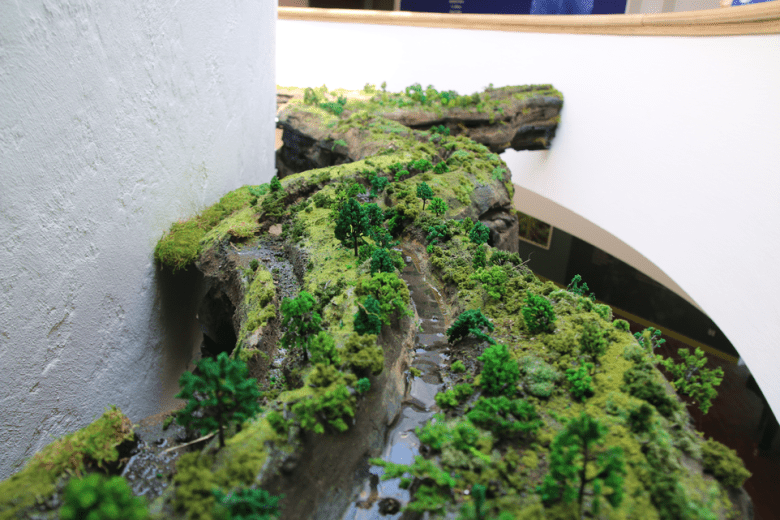
Artists since antiquity have depicted, and often mimicked, the splendors of nature. Throughout the centuries, such representations have embodied the shifting relationship between humans and their natural surroundings. Nature has thus proved to be a fertile terrain for projecting a culture’s desires, fears, whimsy or will.
The Brandywine River Museum of Art’s exhibition, Natural Wonders: The Sublime in Contemporary Art, displays the work of 13 major American artists who engage nature in all its fierce magnificence. Beyond just highlighting nature’s beauty, the featured artists—Suzanne Anker, Lauren Fensterstock, Patrick Jacobs, Maya Lin, Roxy Paine, Miljohn Ruperto & Ulrik Heltoft, Diana Thater, Jennifer Trask, Mark Tribe, Kathleen Vance, T.J. Wilcox, and Dustin Yellin—also hint at the more disquieting aspects of the natural world. As such, the works in this exhibition can be viewed as a type of neo-sublime, mixing the beautiful and terrifying to produce awe in the beholder in accord with tenets of eighteenth-century philosopher Edmund Burke. And not unlike nineteenth-century sublime landscapes of the Hudson River School or the Romantic era, these recent works conjure the raw power and unruliness of nature along with its harmonious effects—a state at once captivating and unsettling.
In the following interview, Thomas Padon, The James H. Duff Director of the Brandywine River Museum of Art, speaks with Suzanne Ramljak, the exhibition’s guest curator, to discuss the inspiration behind Natural Wonders and its planning.
What was the genesis of the idea for this exhibition?
I had just done an exhibition with artist Jennifer Trask, who is one of the 13 artists in Natural Wonders and was thinking a lot about the interplay between nature and culture, wild and tame, uncultivated and artificial. I was also interested in art that could rekindle a sense of wonder and awe in the natural world, and that might even reconcile us with nature’s larger forces and cycles. So these were the main ideas guiding this exhibition’s formation.
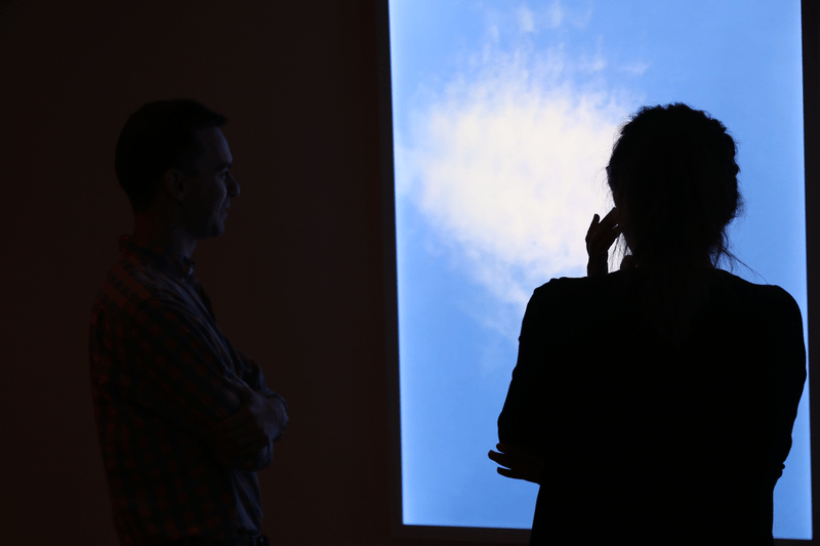
When you first came to the Brandywine to discuss the exhibition, how did the setting of the Museum propel your thinking?
While I knew the Museum was situated on the Brandywine River and I’d seen pictures of its remarkable site, I didn’t realize how conjoined the landscape and the Museum were. Standing in the Museum’s atrium, with its huge window walls, it really hits you the way indoors and outdoors merge. The setting upped the ante, so to speak, spurring me to choose works that could hold their own against “real” nature.
And some of the artists whose work is included were new to you—while others you had followed their careers for years?
Yes, most of those in the exhibition were already on my radar and also have high profiles in the art world. But even so it was an iterative process to find specific works from those artists that perfectly fit the exhibition premise, and in certain instances works of which I wasn’t aware. One of the happy discoveries that occurred in the exhibition’s development was Kathleen Vance’s work, which instantly enchanted me when I first saw it during the Volta NY show last fall.
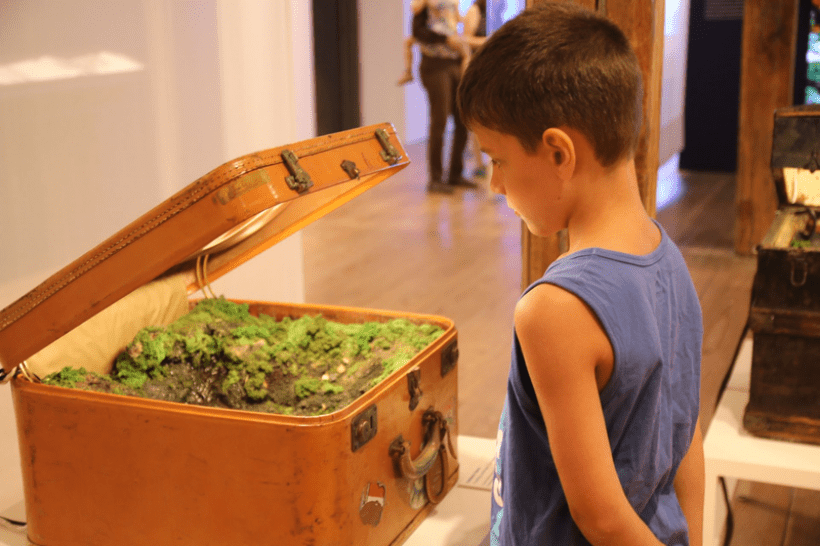
The subtitle of the exhibition references Edmund Burke’s theory of the sublime espoused in the eighteenth century. What are some of the ways artists in the exhibition relate to that theory?
The idea of the sublime has a long history and its meaning has changed over time. Nature has consistently been a source of sublime experience as it was for Edmund Burke, whose theory on the subject is as compelling today as it was in 1757. Burke spelled out seven key features of the sublime—including darkness, vastness, magnificence and obscurity—and these traits can be found in various combinations throughout the exhibition. It is interesting to see how Burke’s theory stressed nature’s terrifying and uncontrollable aspects, while later thinkers and artists, especially in the nineteenth century, spoke of the sublime in less fearful terms.
When you researched this topic, did it surprise you that such an exhibition had never been organized in the United States?
Well, there have been other contemporary exhibitions on nature and the environment, in particular Sublime: The Tremors of the World, a sprawling international show held in Paris in 2016 that signaled a revived interest in this topic but that ranged over centuries and across cultures. But surprisingly there hadn’t been an exhibition of contemporary American artists exploring their complex relationship to nature’s sublimity. Natural Wonders is also unique in the shared aesthetic of these artists, whose works are all lavish and seductive. The work itself is breathtaking, embodying the sublime, rather than just making a statement about the sublime.
You’ve had such intriguing discussions with artists while working on the exhibition. Did any of them mention the way the context in which his/her work would be shown?
Contemporary artists can be very particular about the company in which their work is shown. In my conversations with the artists, it was important that they saw how being included in this group exhibition, and in this context, allowed for a nuanced understanding of their individual works. I was especially pleased that the exhibition includes the work of Lauren Fensterstock and Jennifer Trask, two artists who’ve had a long mutual admiration and desire to show together, but until now never had the opportunity.
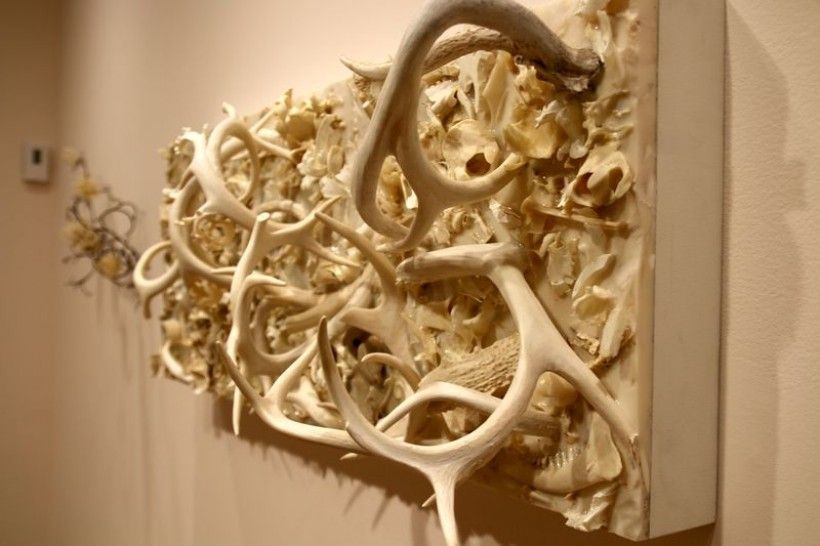
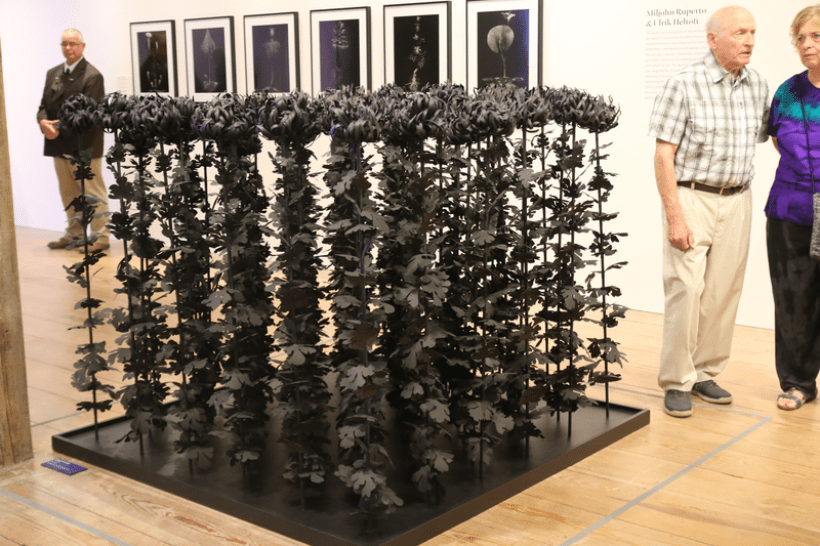
It’s been interesting working on the catalogue and now the installation of the exhibition. Can you talk about how you’re connecting them visually so that the book and the exhibition provide a unified experience?
It is always a challenge to convey the richness and drama of the physical exhibition in the pages of a book, but I really think we’ve achieved that. To immerse the reader, we begin the catalogue with numerous full-page details, amplifying nature’s splendor. And we organized the image section of the book in a free-flowing manner, closer to how an exhibition installation will be experienced.
An exciting component of the exhibition will be the Museum’s commission from artist Kathleen Vance of a site-specific installation in the Museum’s atrium. Can you talk about how that will relate to the works included in the exhibition gallery proper?
Kathleen’s atrium piece will be a grand introduction to what visitors will encounter within the gallery. Her installation of an exactingly precise section of the Brandywine River, complete with running water, sited in a spot with direct views of the real river, proposes an engaging dialogue between art and nature. And this is the primary goal of the exhibition—to make the familiar wondrous again, as if we are seeing nature for the very first time.
To learn more about this exciting exhibition join artist Mark Tribe and Natural Wonders guest curator Suzanne Ramljak on September 13, at 6 p.m., for a discussion about the relationship between landscape and technology in the Anthropocene. The talk will be followed by a reception.
Natural Wonders is on view now through October 21 at the Brandywine River Museum of Art.